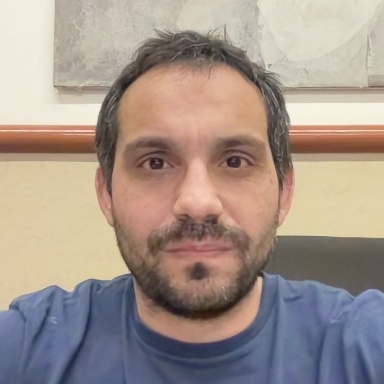

We often make seemingly effortless decisions like crossing a street or catching a ball. However, the decision-making relies upon a complex chain of operations: accumulating sensory evidence of the dynamic environment; decoding this sensory information to ascertain the state of the environment in order to decide the proper action; and finally evaluate the consequences of these actions. Uncertainty can be present in each step and decision-making becomes risky. We address how we cope with this uncertainty and risk when making decisions.
See this page for a complete description of the figure.
People involved: Joan López-Moliner, Hans Supèr, José Antonio Aznar, Elisabet Tubau, Cristina de la Malla






Eye movements tell us much more than just the task-relevant information people is using. Eye movements also can help reveal strategies people is using to sample or predict the environment. We study how people sample the information in a dynamic world and how eye movements patterns are adapted to different conditions of uncertainty of the environment.
People involved: Hans Supèr, Cristina de la Malla, Joan López-Moliner, José Antonio Aznar






We use different approaches to model human decisions: from statistical modeling based on Bayesian and optimality frameworks to the use of more neuro-biological plausible models (e.g. Integrate and Fire neuron models or neuron populations)
People involved: Matthias S Keil, Joan López-Moliner, Hans Supèr



We investigate numerical processing in standard population as well as in people suffering from math-anxiety, and we relate it to probabilistic reasoning and decision making. The accuracy of magnitude estimation (e.g., number, space, time) is known to correlate with numerical reasoning (numeracy) and optimal decision-making, but the relation between different magnitudes or how can numeracy be improved are open issues. This research might contribute to design interventions (e.g., on-line training on quantity representation and relational reasoning) to improve quantity processing and numerical inferences.
People involved: Àngels Colomé, Elisabet Tubau and José Antonio Aznar.

